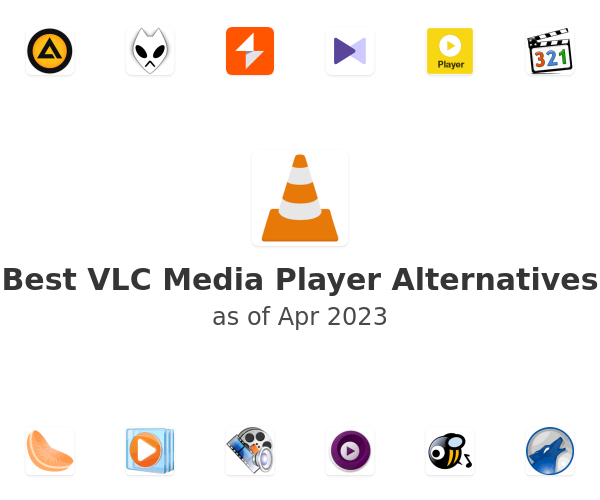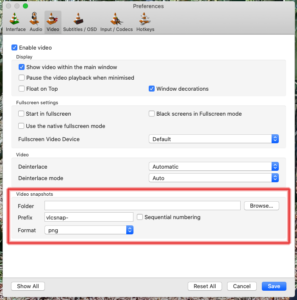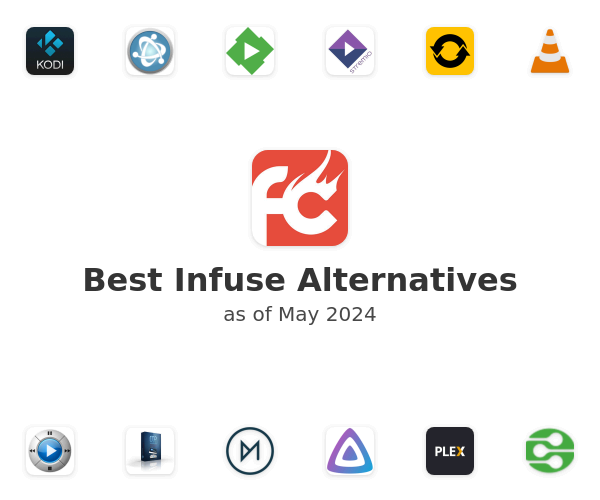
While VLC must provide an interface for Mac, Windows, Linux and even OS / 2, IINA is created exclusively for Mac, such as a Mac user, you are immediately acquainted with their conventions. The poor one among you will point out that VLC is also based on FFmpeg, so why do you break the switch? Well, they're both free, so it's not some kind of situation, but I'll let you see what both look like in action.

#Vlc vs iina software
Since mpv is based on the free software project FFmpeg, it supports all file formats and codecs that FFmpeg can handle, which is just about anything you can imagine, including formats that Apple wastes.

Fortunately, the installation of IINA requires nothing fancy just open the disk image and drag the app to the Applications folder. You need to run mpv from Terminal, which provides some benefits, but for most of us, they do not outweigh the easiest with a graphical interface.
#Vlc vs iina install
If you fancy yourself a Terminal wiz, you can easily install mpv on your Mac in some ways, with my favorite as Homebrew. What does this have to do with IINA? Well, mpv is the engine that drives IINA. The project is mostly abandoned and replaced by mpv, a Unix command line game that provides unmatched performance and expandability. In the 2000s, MPlayer (not to be confused with the media player for Windows or the gaming service from the late 1990s-yes, I've used all three) was the gold standard for video playback in open source world. What is not to love? Build on MPlayer, mpv and FFmpeg It's free, it's open source, it's built for the Mac (written in Swift itself!), And it struck 1.0 at the end of 2018 (I'm considering version 1.03). There are many open source video players, the most popular VLC, but it is one that is both better and Mac exclusive: IINA. And even if you are not, you can very well have old videos in obscure formats, which may have happened with video taken with a flip phone. But if you're used to dealing with transcoding video (or let's be honest, download it from shady sources), you're probably wincing right now. Microsoft MPEG-4, DivX, 3ivx, VP6 and VP3)įortunately, the industry has now largely settled on H. Here are some of the most common ones previously supported by third-party software based on the QuickTime 7 framework: That's right, Apple loses support for some media formats in the next major release of macOS because the old QuickTime 7 frame is not 64-bit friendly. 3, "March 22, 2019):ĭetects media files that may be incompatible with future versions of macOS after Mojave and converts them to a compatible format.
#Vlc vs iina pro
But if you want to be empowered with an almighty media player, this is the one to go for.Unless you follow all the links in our Watchlist items, you may have missed this unfortunate message in Apple's release notes for Final Cut Pro 10.4.6 (see "Final Cut Pro X 10.4.6, Compressor 4.4.4 and Motion 5.4. I agree MPV is not for everyone, and not everyone would need to use it. Many fansubs only support this player, and there's a reason for that.

This has by far the best ".ass" subtitle renderer, period. Also, if you watch anime, you better to use this. You want to sync your external not-synced subtitle automatically based on the embedded synced subtitle? You can even do that. You want to use an AI-Powered upscaler to upscale your favorite movie? Sure. What about a hard-subbed one? There's also a script for that.
#Vlc vs iina movie
You want to trim a few seconds from your movie to share with your friends? There's a script for that. There are a tons of scripts, shaders and forks for it: You want it to have at least a GUI? Try mpv.net You're used to MPC so you want it to feel and behave like that? Try MPV-Made-Easy You want it to save a log/history of everything you have played? There's script for that. The amount of customization and configuration that it offers is simply beyond imagination.

PhonixTetra's Experience The lack of GUI is definitely a deal-breaker at first sight, but if you take your time and configure it properly to your needs, you'll love it.


 0 kommentar(er)
0 kommentar(er)
